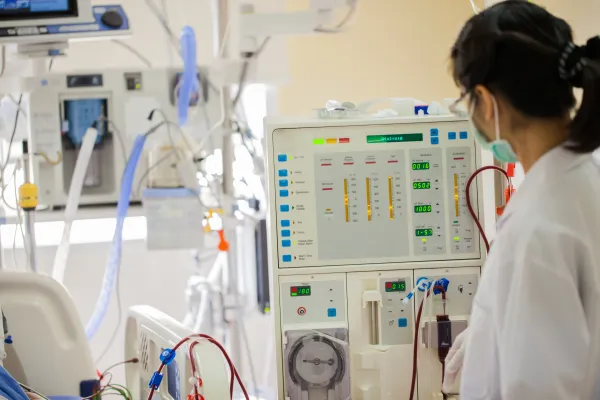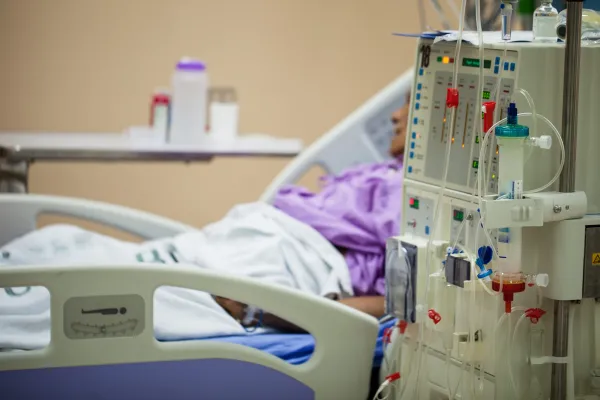Identify 'Decision for Surgery' to Maximize E/M pay

Case example shows the way. If you hesitate to report modifier 57 (Decision for surgery) because you fear over-billing for E/M services, you're not alone. But knowing the correct situations to use the modifier can help you file more accurate claims, and capture all the pay you deserve. Read on to get our experts' tips about when and how to use modifier 57. Focus on Core Meaning of 57 When your surgeon is evaluating a patient and determines during the visit to perform surgery that day or the next day, you'll need to append modifier 57 to the E/M code. Here's why: Most major-surgery codes include a pre-operative E/M visit the day before or the day of surgery. If you don't append modifier 57 to your E/M claim, many payers will deny the charge as "bundled" with the same-day or next-day surgery. If the surgeon makes the decision for surgery days before the procedure, you don't need modifier 57, because that service would not be bundled anyway. Key: You add modifier 57 to the appropriate level of E/M service provided on the day before or day of a major surgical procedure - never a minor surgical procedure - in which the initial decision is made to perform surgery, according to Catherine Brink, BS, CMM, CPC, president of Healthcare Resource Management in Spring Lake, New Jersey. Problem: Some coders don't realize the importance of timing. "I have audited many records when an E/M is reported with a modifier 57, with the surgery is scheduled for two weeks away," says Shannon O. DeConda, CPC, CPC-I, CEMC, CEMA, CPMA, partner at Doctors Management, and president of NAMAS in Melbourne, Florida. "Keep in mind, this modifier is only appended when surgical intervention occurs within 24 hours of the E/M." Streamline Documentation to Support 57 If you're going to report modifier 57 with an E/M code, you must "always ensure that the documentation supports the decision for surgery and is not supporting a preoperative clearance," says Melanie Witt, RN, MA, an independent coding expert based in Guadalupita, New Mexico. The trickiest part of properly coding an E/M visit using modifier 57 is when the surgeon makes the decision for surgery, and then does the preoperative exam in the same session. Do this: "If the surgeon makes the surgery decision and does preoperative clearance at the same encounter, make sure that none of elements for theclearance are counted toward the level of service for the decision," Wittsays. Bonus tip: Have your surgeons separate the documentation for the part of the exam in which they make the decision for surgery, and documentation for the preoperative clearance exam. That way you can count your elements and determine the appropriate E/M level for the code you'll report with modifier 57. All elements related to the pre-op clearance will be bundled with the surgical code. Decode This Modifier 57 Scenario Consider the following coding scenario to see how modifier 57 can save the day: A patient presents to the hospital with abdominal pain. After providing the subjective interview of the patient to note his severity according to how he is feeling, and then examining him, the surgeon orders labs and radiology services to verify her thought process of the abdominal pain's origination and to confirm the perceived plan of care. The surgeon is convinced that the patient has appendicitis and notes the decision for surgery in the notes for the initial hospital visit. The surgeon sends the patient straight to the pre-op area for surgical preparations, then sees the patient again in surgery. Any work completed at the pre-op area does not count towards the surgeon's E/M visit. Based on the documentation, the surgical practice coder reports both the E/M visit involving the decision for surgery (such as 99221, Initial hospital care ...) with modifier 57, along with the surgical procedure code (such as 44950, Appendectomy). Don't lose out: If you do not append modifier 57 to the initial hospital care code, the bundling edits would prevent payment for both the E/M service and the surgical service.




